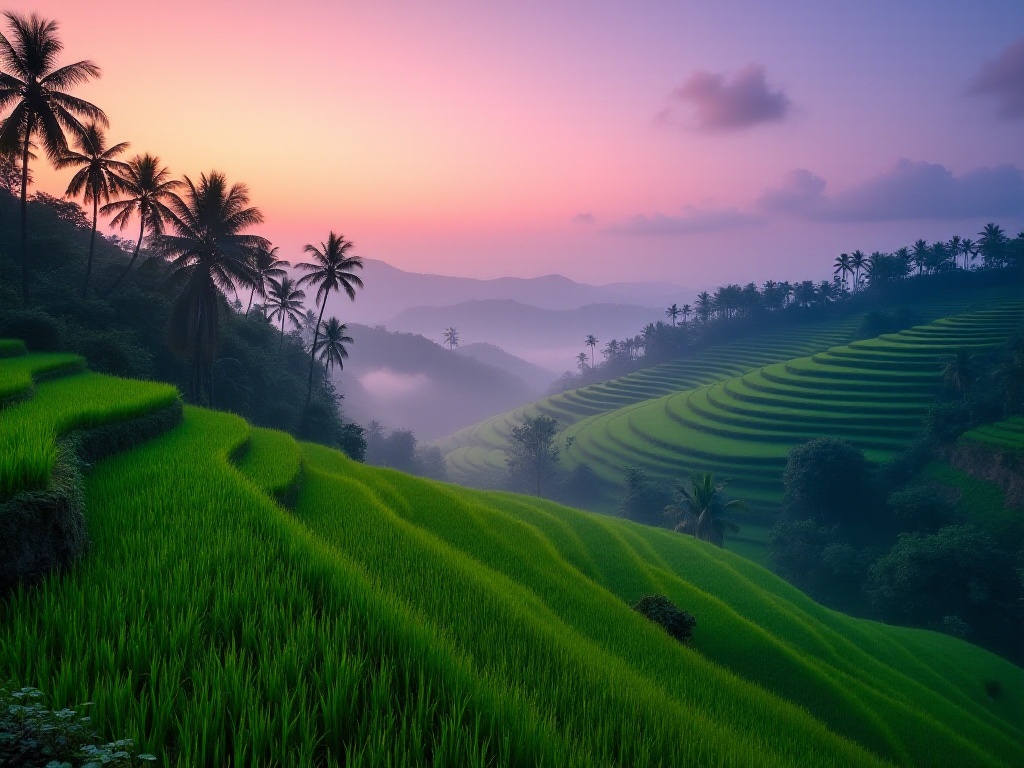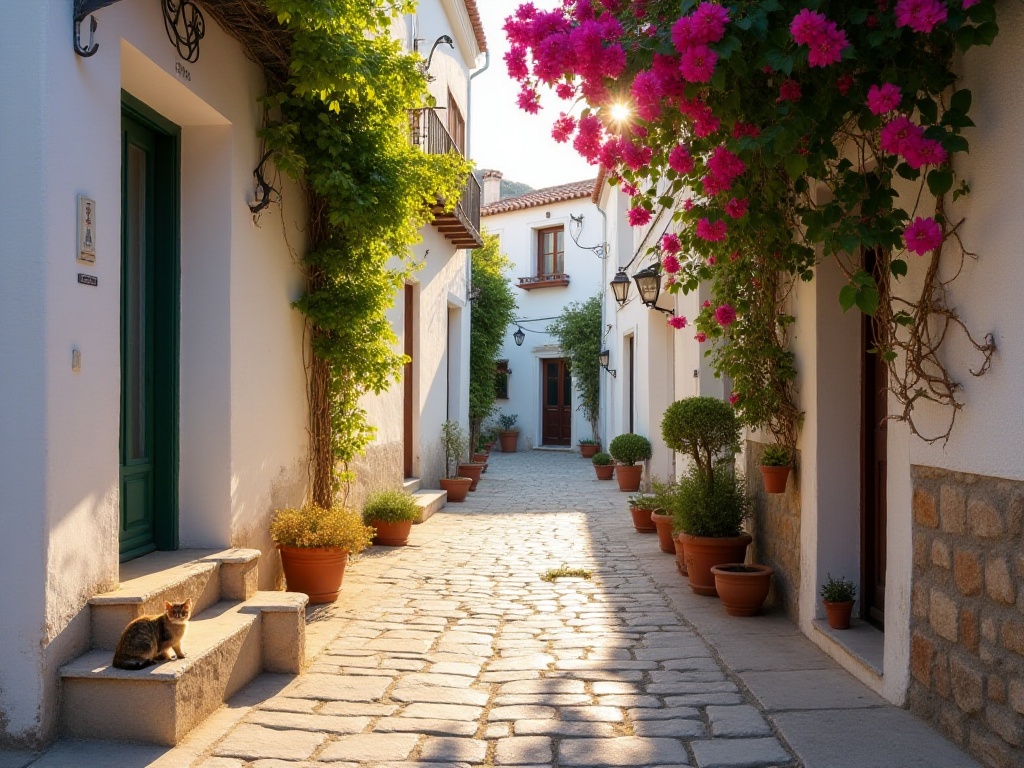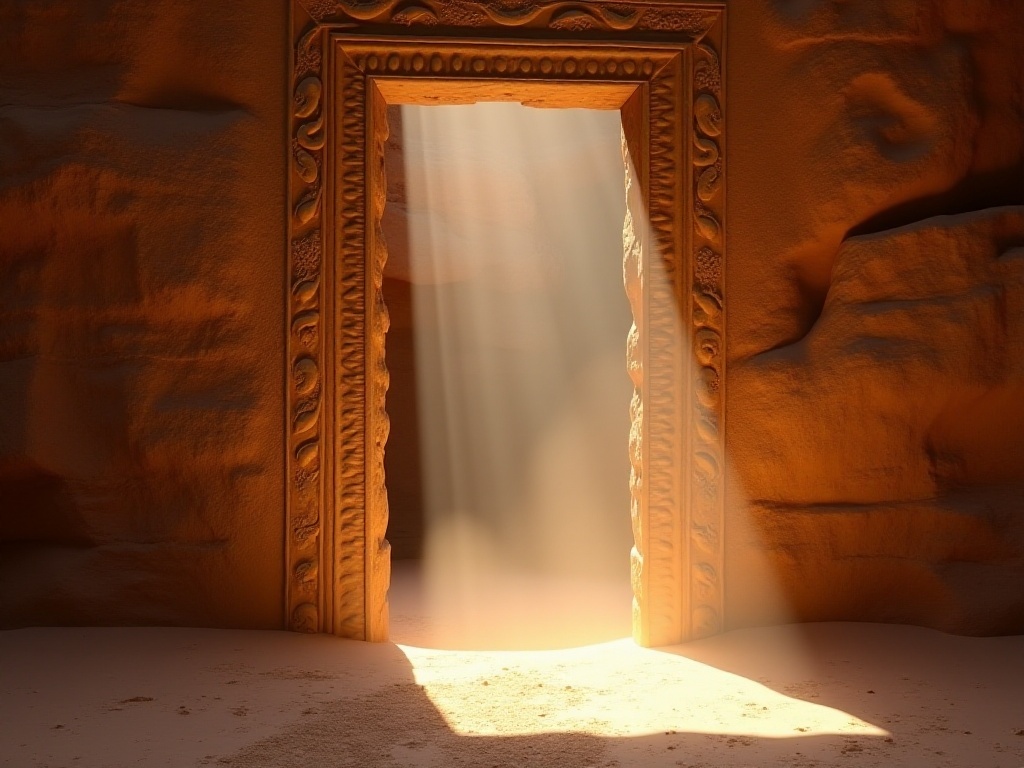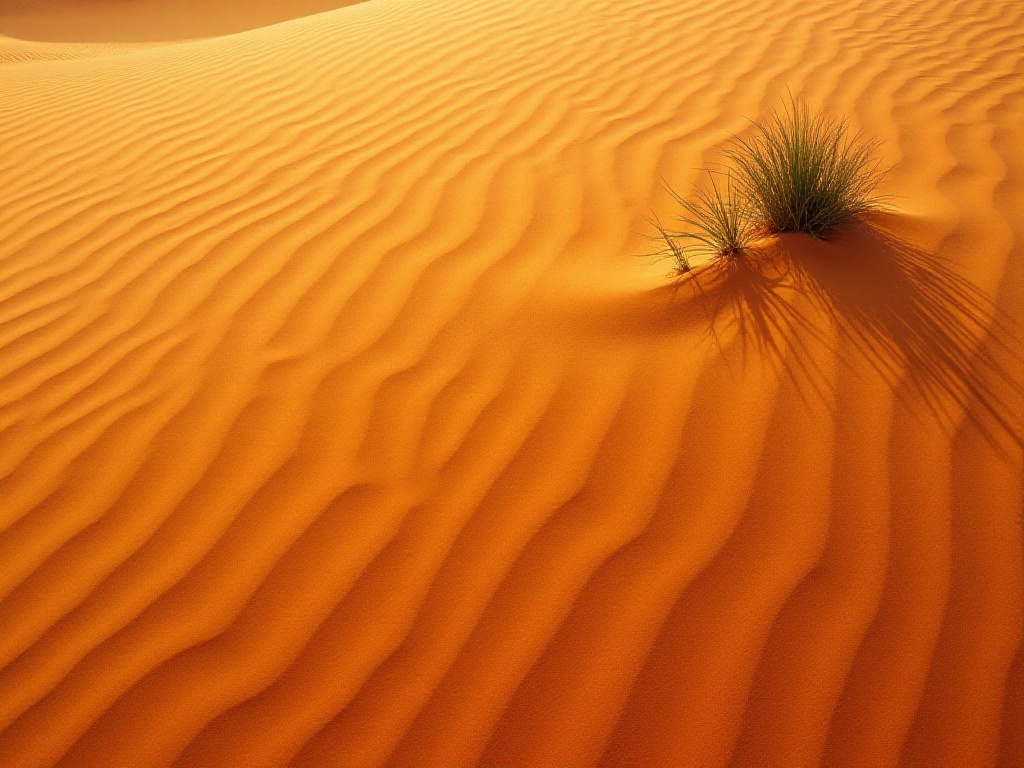Yesterday, a reader asked me: "How do photographers take pictures in markets? How do you capture so many natural and lively scenes?" Today I'll share my photography experience in the old market of Fez, Morocco. To be honest, I've thought about this question for a long time, as every photographer has their own style and methods. Today, I want to share my observations in Morocco from the perspective of a post-90s travel photographer.
When I first arrived at the old market in Fez, I was stunned by the scene before me. The narrow alleys were packed with vendors and customers, with colorful stalls filled with spices, leather goods, and handicrafts. The air was filled with the scent of mint tea and spices, accompanied by the constant sound of haggling.
I remember clearly, it was a sunny morning when I dragged my suitcase through the complex alleys of old Fez, tired from the flight. As soon as I entered the market, I was drawn to the rich aroma of spices. Various spices were piled like colorful mountains: golden turmeric, crimson chili powder, dark brown cardamom, and expensive saffron.
Vendors enthusiastically waved to passing tourists, calling out in a mix of Arabic, French, and English. Some stalls offered small cups of mint tea, inviting tourists to taste. The leather district had a particularly distinct smell, with a mix of coffee-colored leather and various dyes leaving a strong impression.
This was a perfect shooting location. However, I quickly discovered that taking good photos here wasn't easy. When I raised my camera, the previously lively scenes instantly became unnatural. Vendors would either avoid the lens or directly ask for money.
I clearly remember my first awkward attempt at photography. I saw a spice stall with vibrant colors and wanted to capture it. But as soon as I raised my camera, the vendor immediately blocked the lens and said something I couldn't understand. Later I learned that in local culture, taking photos without permission is very impolite.

After several failed attempts, I began to rethink my photography approach. I realized that in such an environment, the most important thing wasn't technique, but how to blend in and gain local people's trust.
I started visiting a teahouse called "Blue Gate" daily. Located in the center of the market, it was a popular spot for locals to rest and chat. The owner was an elderly man in his 60s, who always wore a traditional white robe and a small red cap. I gradually learned to savor mint tea slowly, sip by sip, like the locals.
Through the teahouse owner, I met many vendors. One leather goods seller named Muhammad, 28 years old, ran a family stall with over 50 years of history. He told me their leather goods were made using traditional craftsmanship, with each piece going through a complex processing procedure.
There was also a spice-selling aunt who had to wake up at 4 AM to prepare her goods. Her two children were in university, one studying medicine in Casablanca and another studying engineering in Rabat. To support their education, she and her husband worked over 12 hours daily. Listening to these stories, I gradually understood the diverse lives behind this market.
So I changed my strategy. I would visit the same area daily, drink tea at the same teahouse, and chat with vendors. Gradually, they began to accept this frequently appearing foreigner. I started hearing their stories: some stalls had been passed down for generations, some vendors worked long hours to support their children's education.
I learned simple Arabic greetings and how to haggle with gestures like locals. Slowly, I found myself no longer an outsider but becoming part of the market. Every morning, I would receive several free cups of mint tea, which made me feel particularly warm.

After gaining trust, I developed several useful photography techniques. These techniques were learned through practice and failure, and I hope they can provide some reference for fellow travel photography enthusiasts.
First is timing. 5-7 AM is the best time for shooting, when vendors are setting up their stalls, the light is soft, and there aren't many people. I've calculated that over 80% of photos taken during this time turn out satisfactory.
Early morning in old Fez has a unique charm. When the first rays of sunlight shine into the narrow streets, the entire market seems coated in gold. Vendors begin arranging goods, porters push carts through alleys, and the air fills with the aroma of freshly baked bread. This is the best time for shooting, with ideal lighting and the most authentic life scenes.
I often arrive at the market before dawn. Watching vendors arrange their goods and organize shelves provides excellent shooting material. Also, the lower morning temperature prevents equipment from overheating.
Second is equipment choice. In narrow streets, I mainly use 35mm and 50mm prime lenses. These focal lengths work well for both portraits and environmental shots. Plus, small lenses don't attract much attention. From my experience, using large telephoto lenses in such settings often causes resentment.
My camera is a Sony A7M3, paired with 35mm f/1.8 and 50mm f/1.8 lenses. This combination is both lightweight and practical, suitable for various shooting scenarios. The 35mm is good for street scenes and environmental portraits, while the 50mm is better for details and close-ups. I switch lenses quickly based on different scenes to avoid missing great moments.
Most important is the shooting method. I first pretend to photograph products with my phone, and once vendors become accustomed to my presence, I quietly use my camera for candid shots. This produces the most natural photos. Out of 100 photos, about 15 meet my ideal standards.
I discovered that locals are much less wary of phone photography. So I often start by taking product photos with my phone and sharing them with vendors, letting them see the results. Once they become accustomed to my photography, I quietly switch to using my camera.
Sometimes, I deliberately linger at a stall, pretending to be very interested in the products. This not only helps build rapport with vendors but also helps find the best shooting angles. I observe light changes and wait for the perfect moment to shoot.

Through this experience, I deeply realized that travel photography isn't just about pressing the shutter. It's more like cultural exchange, requiring us to feel with our hearts and invest time in relationships.
During my days in Fez, I encountered new stories daily. Once, I met an elderly artisan who made traditional musical instruments. His workshop was in a corner of the market, surrounded by various woods and tools. He told me these instrument-making techniques had been passed down for centuries, with each piece requiring extremely delicate handcrafting.
I remember one day, a vendor handed me a cup of mint tea and said in broken English: "You're different, you're a friend." At that moment, I suddenly understood that the best photos often come from sincere communication.
This touched me deeply. Afterward, I began focusing more on the stories behind people rather than just pursuing visual effects. I started recording vendors' daily lives: their working hours, family situations, and hopes for the future. These stories gave my photos deeper meaning.
You know what? Among my 2000+ photos, my favorite is of an elderly spice vendor. In the photo, he's weighing saffron with an ancient scale, sunlight streaming through the narrow street, casting warm shadows on his wrinkled face. This photo later won silver in an international travel photography competition.
That elderly man, named Ahmed, had worked in this market for over 40 years. He told me his scale was inherited from his grandfather and was over 100 years old. Whenever he weighed spices, he was extremely focused, as if performing a sacred ritual. This photo captured not just a moment, but a vanishing traditional culture.

If you also want to take good photos while traveling, I suggest: don't let your camera become a barrier between you and locals, but use it as a bridge to connect. Spend time understanding local culture and customs, learn to think from locals' perspective.
In Morocco, people highly value politeness and respect. Saying "Salam" (hello) when meeting, or "Shukran" (thank you) when asking for help, makes you more easily accepted. I found that photographers who know some local language have at least 30% higher success rate in shooting.
Besides basic greetings, I also learned some simple daily expressions. Words like "Zwin" (beautiful) and "La Bas" (good) often bring smiles to locals' faces. When language fails, smiles and friendly gestures are good ways to communicate.
I suggest observing the environment and understanding local living habits before shooting. In Fez, for example, 3-5 PM is rest time, best not to disturb then. Morning and evening are the best times for shooting.
Also, it's best to get permission before shooting. If someone doesn't want to be photographed, respect their choice. Sometimes, giving a small tip is acceptable, but don't let this become your primary approach. Sincere communication is key to getting good photos.
I also found that it's best not to use flash in markets, as this attracts unnecessary attention. If light is insufficient, you can increase ISO – modern cameras handle high ISO well. Also, protect your equipment, as markets are crowded. Best to hang your camera around your neck or secure it with a strap.

Whenever I look at photos taken in Fez, I remember those warm moments. Every scene in the market carries a story, a memory. This is probably the charm of travel photography.
Those photos capture not just colorful spice mountains and ancient handicrafts, but more importantly, many touching moments: porters busy at dawn, craftsmen carefully making leather goods, vendors patiently helping customers select spices. These are the most authentic portraits of old Fez.
My experience in Fez taught me that good travel photography requires not just beautiful images, but also conveying human warmth. It should let viewers feel local people's lives and understand their cultural traditions.
Photography isn't just about technique, but an attitude toward life, a way of understanding the world. Through our lenses, we can record different cultures and lifestyles, helping more people understand this colorful world.
Have you had similar experiences? Welcome to share your travel photography stories in the comments. Let's discuss and improve together.
 Previous
Previous